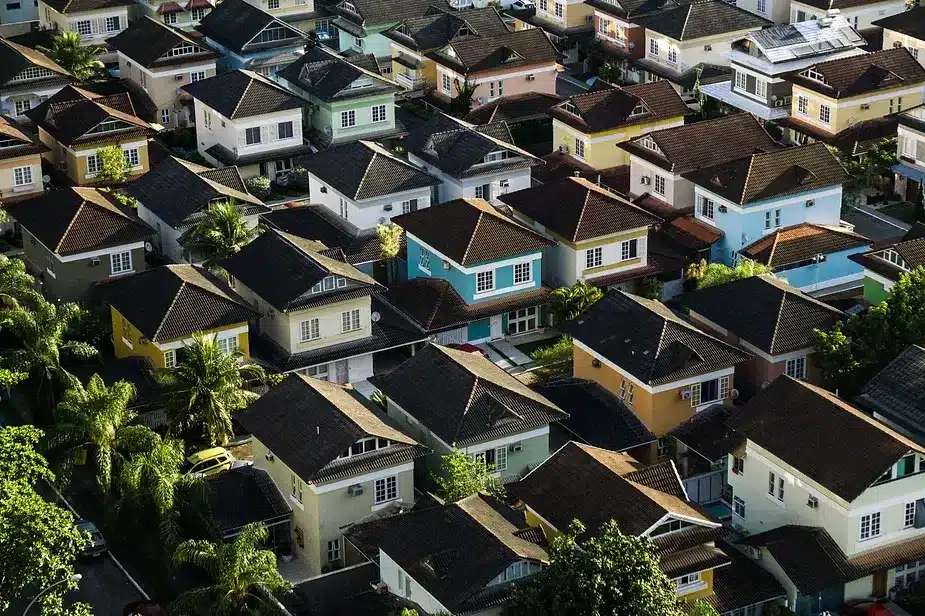In the Australian residential property market, patience is key. Although short-term trends often dominate media coverage and weekend conversations, homeowners tend to hold onto their properties much longer than a typical market cycle. This blog post examines how Australian housing values have evolved over the past 30 years, encompassing six distinct growth and decline cycles.
The Long-Term Trend: Undeniable Growth
Over the past three decades, the national dwelling values have increased by 382%, or an average annual compounding rate of 5.4% since July 1992. Analyzing the past three decades, the 1992-2002 period saw the largest capital gains, with the national Home Value Index (HVI) rising by 77%. The middle decade (2002-2012) saw a 59% rise, while the most recent decade recorded a 72% increase.
Regional Differences: Varying Market Dynamics
Local market dynamics have led to substantial regional differences in housing value changes. For example, Perth experienced a 104% increase between 2002 and 2012 due to the mining boom, while today’s values are only 14% higher. In contrast, Hobart saw the weakest growth between 1992 and 2002 (30%), but the most recent decade recorded a 99% surge due to stronger migration and an ongoing undersupply of housing.
Dispelling the Doubling Myth
Contrary to the popular belief that housing values double every 10 years, none of the capital cities or regional markets, except for Regional Tasmania, recorded a growth rate of 100% or higher in the past decade. From 2002 to 2012, only Perth and Darwin experienced housing value doubling.
Houses vs. Units: Scarcity of Land Drives Appreciation
Over the past 30 years, house values have risen substantially more than unit values, likely due to the scarcity value of land driving a faster rate of appreciation. However, the unit sector typically shows higher yields relative to houses. Across the combined capital cities, house values are up 453% over the past 30 years, while unit values are 307% higher.
Capital Cities vs. Regional Areas
Capital cities have recorded a higher growth rate than regional areas over the past 30 years, with dwelling values rising by 409% and 294% respectively. This higher growth rate in capital cities likely reflects a combination of higher demand, greater scarcity of supply, and more diversified economic conditions compared to regional markets.
The Importance of Short-Term vs. Long-Term Cycles
With 57% of household wealth held in housing, it’s natural for Australians to be interested in short-term market fluctuations. However, residential property is rarely ‘traded’ like equities, as it comes with high transaction costs and a high financial commitment. Thus, changes in property values primarily impact equity and household spending, with a more direct influence on the small proportion of households considering a property purchase or sale.
Future Market Evolution: Open for Debate
Forecasting housing trends is difficult, especially over the long term. However, history shows that current decline trends will eventually level out, followed by a period of stability and then further growth. Those who believe housing values double every 10 years may need to reconsider, as recent decades show that only select cities have achieved such growth rates. To double the value of an asset over a decade, property owners must outperform the broader average.
